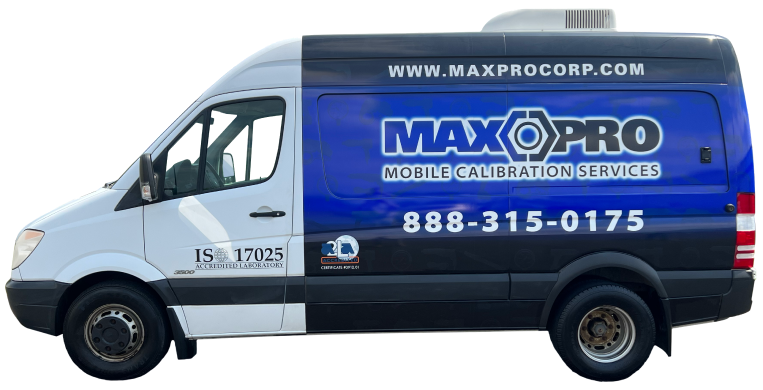There are five main kinds of torque wrenches in the market, each with pros and cons. Here is an overview of what they are, how they operate, and which scenario is the best for them.
Click Torque Wrenches
The click wrench gets its name because of the audible click sound they produce when you reach the desired torque amount. They are simple to use and cheap while providing the same accuracy as a beam-style wrench. These attributes make them the favorite for most people of varying skill levels, even beginners. The only downside is that there is still the risk of over tightening the fasteners. That’s because, even though they produce the sound as an indicator of the required torque, they do not prevent you from fastening further as you can continue turning the wrench. It is up to you to stop, but it is not often easy to stop immediately they produce the click sound.
Beam Torque Wrenches
The beam style of wrench does not have the best looks though its design is what gives the wrench its
name. This wrench comes with a scale on the handle and a long beam with a plumb line at the end. The handle has an inbuilt feature that makes it slightly flex when the number of torque increases. This action leads to the scale shifting beneath the pointer. You then read the scale as you would read a weight scale. The pointer shows the amount of torque you are applying at the moment.
The simple design and the inbuilt attribute make this scale have highly accurate readings. It is also easy to maintain and highly durable, making it useful for calibration of other tools. The downside to this wrench is it can be difficult for beginners to read and thus operate them properly.
A modern version called the dial wrench is designed to improve on this inconvenience. It comes with a gauge-like dial indicating the applied torque, making reading the values easier.
Split Beam Torque Wrenches
This type is technically a beam-style wrench, but it has several unique features and methods of operation. It has fewer parts than the typical beam wrench. It has two beams; the main one has the handle that you use to apply force, and the second one is partially attached to the head and serves as the indicator beam.
Most split beam wrenches come with a knob and lock lever that allows you to pre-set your desired value, thus removing the risk of over tightening. Several of them also come with the click sound feature, so you do not have to read the gauge to tell the amount of torque you have applied.
Digital Torque Wrenches
Digital wrenches are the best option for anyone looking for convenience and efficiency. They are highly accurate as they come pre-calibrated. You also can add other pre-set torque settings or store one setting for several uses.
It also come with a notification system that lets you know when you get to the desired torque amount. The notification consists of either a buzz, a light indicator, a vibration, or a beep. Or it could be a combination of several of these systems.
The downside of a digital wrench is its cost, as they are among the most expensive wrenches on the market. There is also a need to zero out the settings in some models, or you risk losing all the pre-calibration settings.
Slip Torque Wrenches
A slip-style wrench is a simple yet effective tool, especially for low torque appliances. It is designed to lose grip once the target torque is achieved, slipping from the fastener hence its name. The teeth in the wrench’s head determine at what point it will slip out. The main benefit of this wrench style is that it eliminates the risk of over-torquing. It is also highly durable and easy to operate. The downside is that it does not have a dial or screen to monitor the current torque. Such wrenches also provide torque up to 100 ft-lb, only limiting them to low torque scenarios.
Contact us today to speak to a professional, purchase, rent or schedule calibration. Visit MaxPro for all your torque wrench needs!





